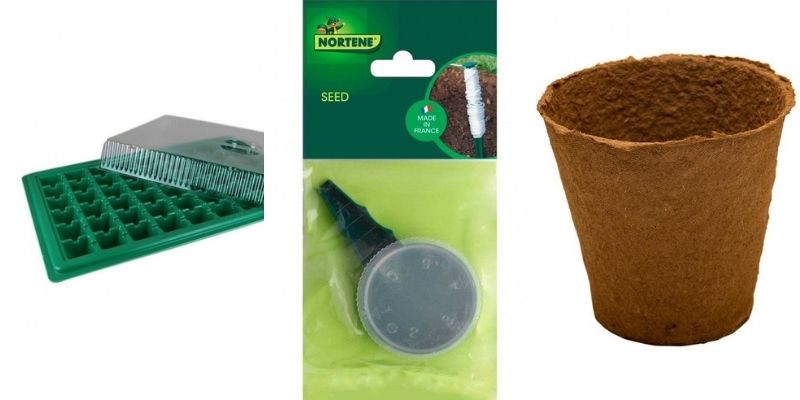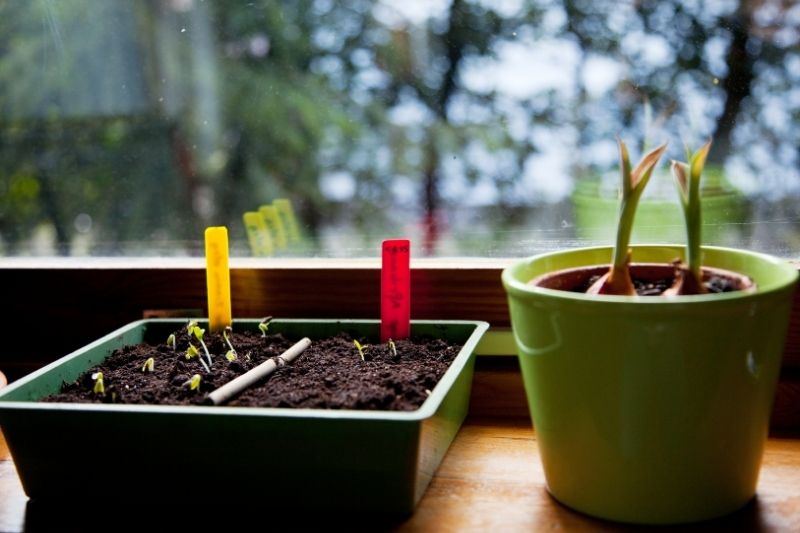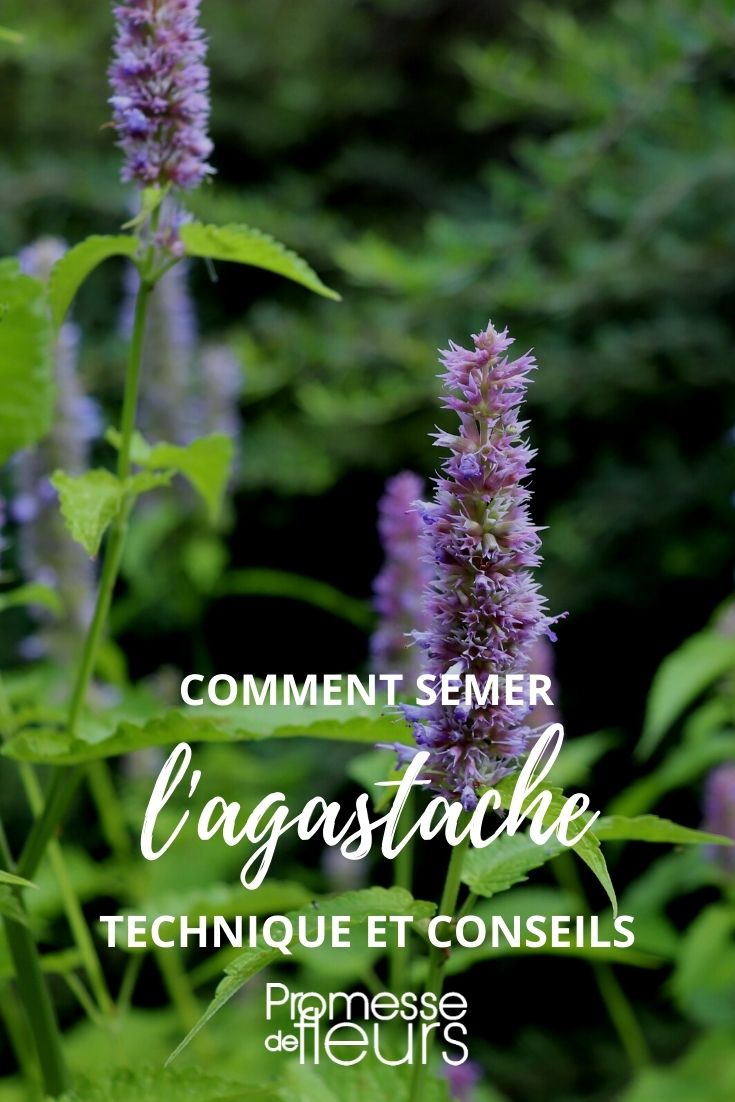The Agastache is an ornamental plant with many appealing qualities. Aesthetically pleasing with its spike-shaped flowers in a variety of colours, this sun-loving perennial delights our sense of smell when its leaves are crushed. Indeed, they release a mentholated fragrance. The culinary use of Agastache rugosa (or Korean Mint) as an aromatic herb is very common in North America and Asia. This plant is also known for its medicinal properties, including anti-inflammatory and expectorant effects! Note that, depending on the cultivar, the foliage of Agastache can range from green to yellow. Also melliferous, it attracts numerous pollinating insects.
With our tutorial, discover how to successfully sow Agastache under cover, as well as transplanting!

When to Sow Agastache?
Sowing Agastache seeds should be done indoors from February to April. We do not recommend sowing directly in the ground, as heavy rains and late spring frosts could compromise germination success.
How to Sow Agastache?
1) Required Materials
To proceed with your sowing, gather the following materials:
- a seed tray, a mini greenhouse, or a seed tray
- biodegradable pots or buckets
- Agastache seeds
- a seed sower
- sowing and transplanting compost
- clay pebbles
- a small board to firm the substrate
- a spray bottle for watering
- a transplanter for moving young plants
- compost to enrich the soil

Seed tray with lid, seed sower, and biodegradable pot
2) Sowing in a Tray
Agastache seeds should be sown from February onwards under cover, meaning indoors, at a temperature between 15 and 20°C. It is still too cold during this time of year, and frost is too frequent for outdoor sowing.
Sowing in a tray is the first step:
- start by placing a 1-centimetre layer of clay pebbles at the bottom of the tray or mini greenhouse for good drainage (not necessary for seed trays)
- cover with sowing compost or a mixture of equal parts sand and compost or blonde turf.
- level and firm the substrate using a small board
- sow the Agastache seeds evenly using the seed sower
- lightly cover the seeds with a thin layer of compost
- gently and generously moisten with the spray bottle to ensure the substrate is well damp
- close the mini greenhouse or tray with the lid or a plastic bag to retain heat and humidity, promoting germination
- place your sowing in a bright spot, but out of direct sunlight, for example near a window
- ventilate and water regularly to keep the compost moist
- allow to germinate and monitor for any signs of damping-off (a fungal disease)

3) Transplanting into Pots
Once the young plants have developed well and reached about 5 centimetres in height, you can transplant them into individual pots. Keep them under a warm frame until the risk of frost has passed. Using biodegradable pots makes transplanting into the ground easier. Simply plant the pots directly into the soil. This avoids disturbing the young plants and keeps the roots intact. Additionally, their natural fibre walls ensure good aeration of the compost and water retention during watering.

4) Transplanting into the Ground
By late April, after the last frosts, when the plants are about 10 centimetres tall and robust, you can transplant the Agastache into the ground in your garden. Choose a warm, sunny spot. Prepare the area: loosen the soil, remove roots and large stones, weed, and level. For well-drained soil, enrich it with well-rotted compost. Ensure a spacing of 40-50 cm between each plant. The lifespan of Agastache is short, around 4-5 years, but self-seeding in the garden allows this perennial to reproduce continuously.
































Comments